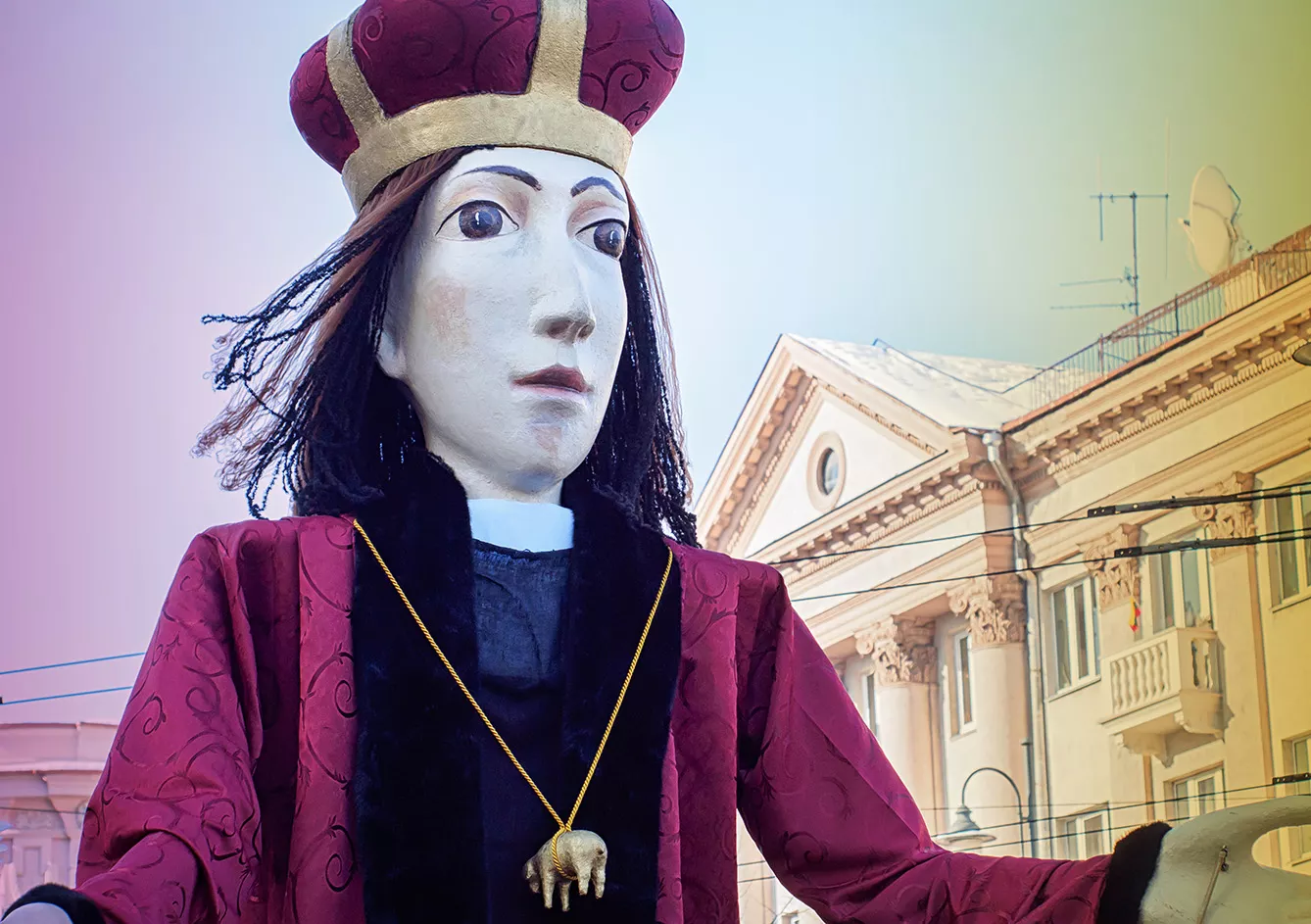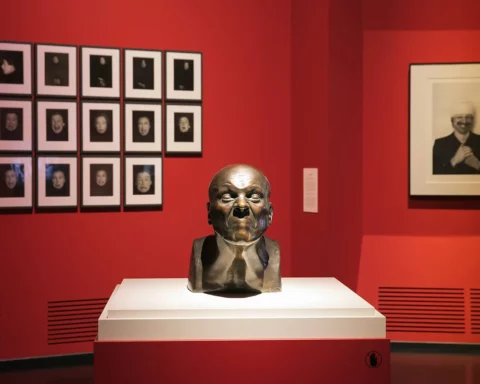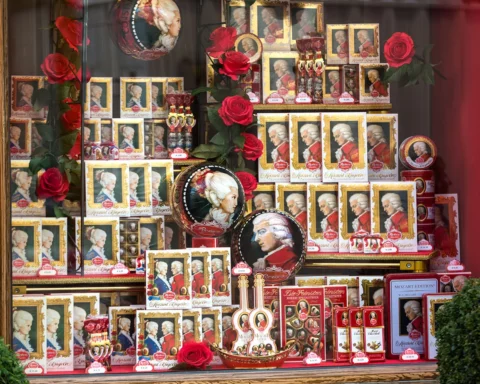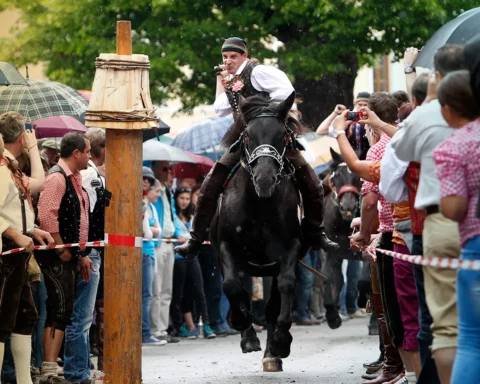Saint Casimir is the patron saint of Lithuania and one of the patron saints of Poland. His feast in Catholic Church falls on the 4th of March. The day, also known as Vilnius Sweethearts Day, has been celebrated for over 400 years. Despite rather low temperatures, you can see thousands of people joining together in Kaziuki. The colorful pageants and hundreds of stands offering traditional products are still welcoming enough for people to travel from all over the world to take part in the event. But how did this holiday, which originated in Lithuania, travel to its neighboring country of Poland?
Kaziuki: Roots stemming from the same ground
Saint Casimir was the son of the Polish King, Casimir IV, of the Lithuanian Jagiellonian dynasty. As the Prince of the Polish Crown, he also carried the same title in the Grand Duchy of Lithuania. He was known for his piety and generosity and was said to have spent long hours in prayer. He died young, at 25 years of age. Casimir’s cult began soon after his death. His canonization by pope Clement VIII gave the beginning to the Saint Casimir fair – known in Lithuania as Kaziuko mugė, and in Poland as Kaziuki or jarmark Kaziukowy.
In 1636 the relics of the Saint were transferred to a specially prepared chapel. This solemn occasion was marked by an accompanying fair, which attracted merchants from around Vilnius and farther regions of Poland. And from that day on, the fair was held annually on the first Sunday after the 4th of March. The occasion had to have always been very special, as in the 19th century it was decided to prolong the celebrations and hold the fair for three days instead.
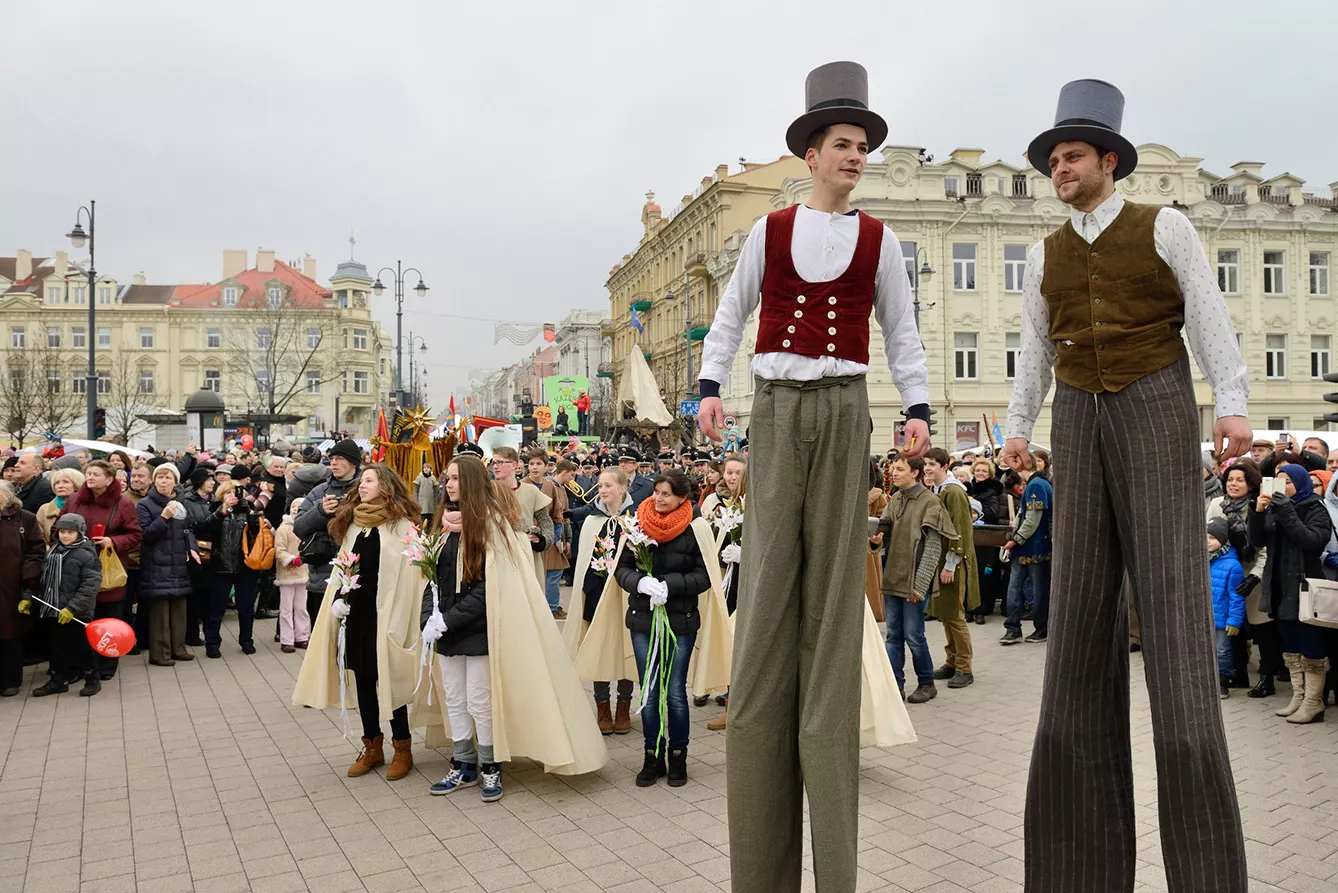

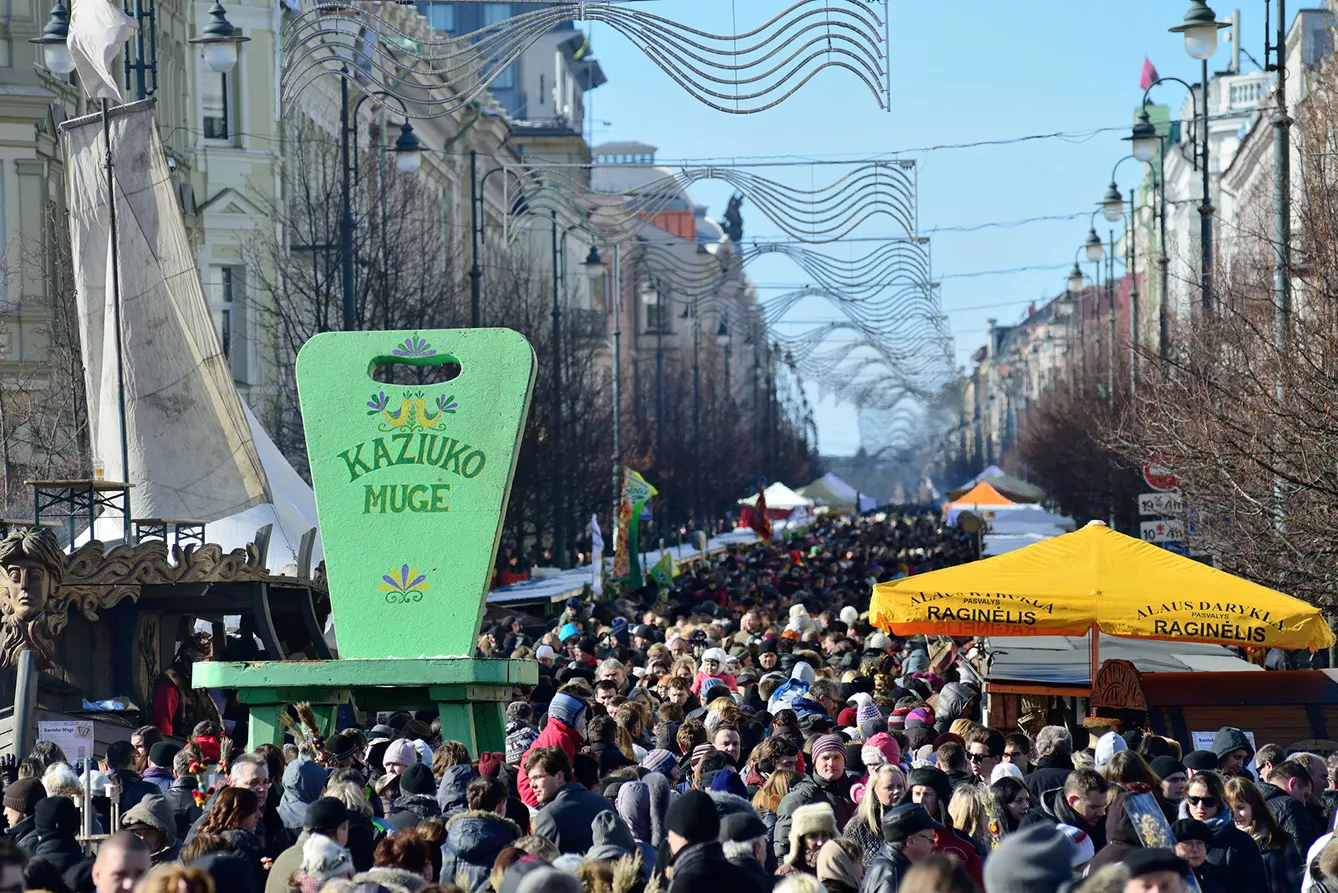
The 20th century brought turbulent times to the region. Poland lost control over Vilnius, and after the Second World War, Lithuania fell under Soviet occupation. Many Poles left Vilnius and settled within the new Polish borders, but they took Kaziuki with them. This is why one of the most famous Vilnius festivals is also celebrated in Poland, especially in the lands not far from the Lithuanian Border (Ełk, Białystok) but also further inland (Poznań or Szczecin). In some of those places, it is a tradition with over 30 years of documented history. A tradition that closely resembles “the original” Kaziuki.
Clay pots, wicker baskets, and sweet treats
Be it Poland or Lithuania, the goodies offered at the stands are very similar in both countries and specific to the festival. What you find there is mainly handcraft, such as wicker baskets and pottery, characteristic of Kaziuki. The fair would not count if there were no Vilnius palms – traditional, handmade palms brought by the followers of the Catholic faith to the Palm Sunday mass to commemorate Christ entering Jerusalem. Those made in Vilnius are known to be one of the most beautiful you can find. Hardly anyone comes to the Saint Casimir fair and resists purchasing at least one.
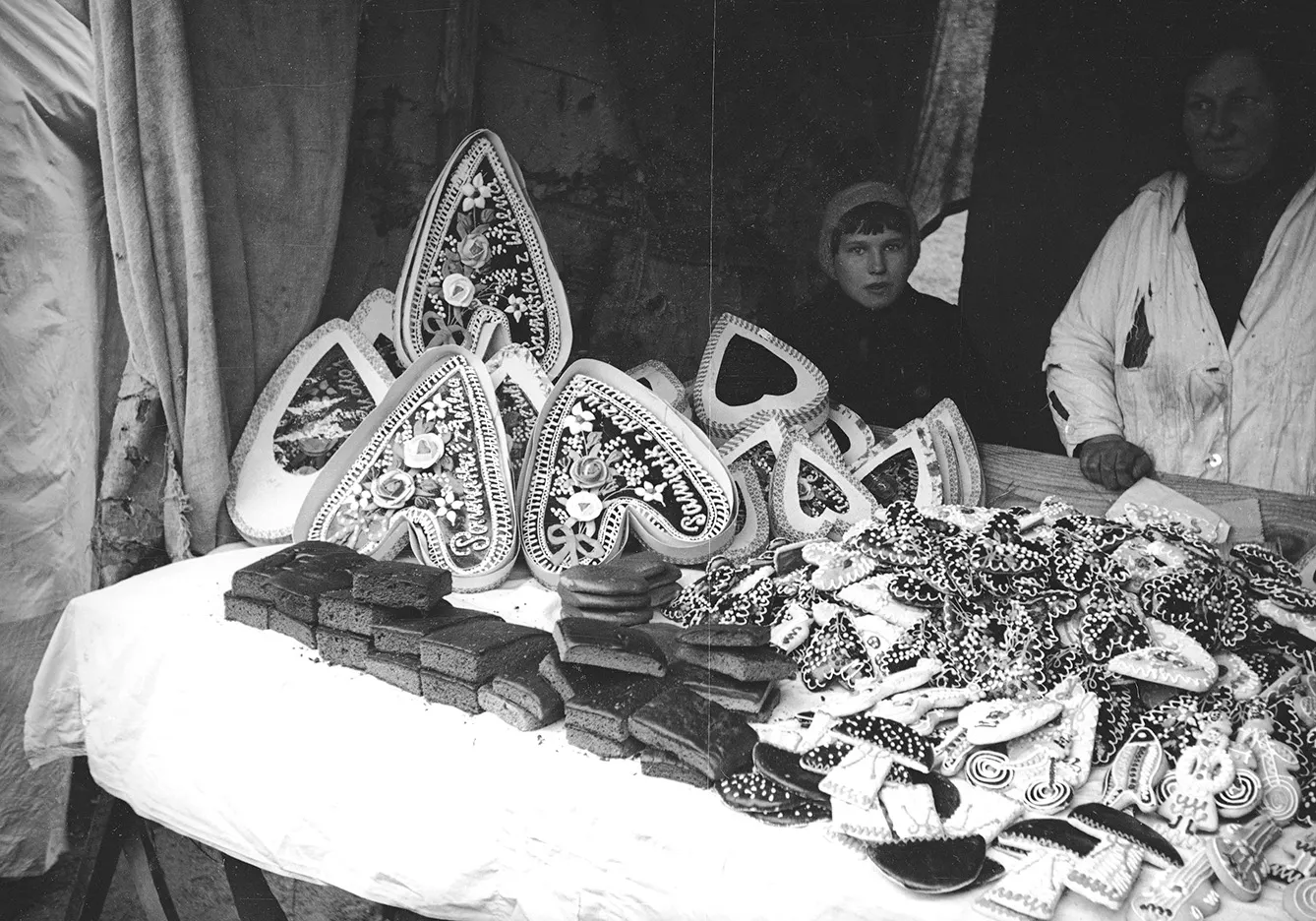
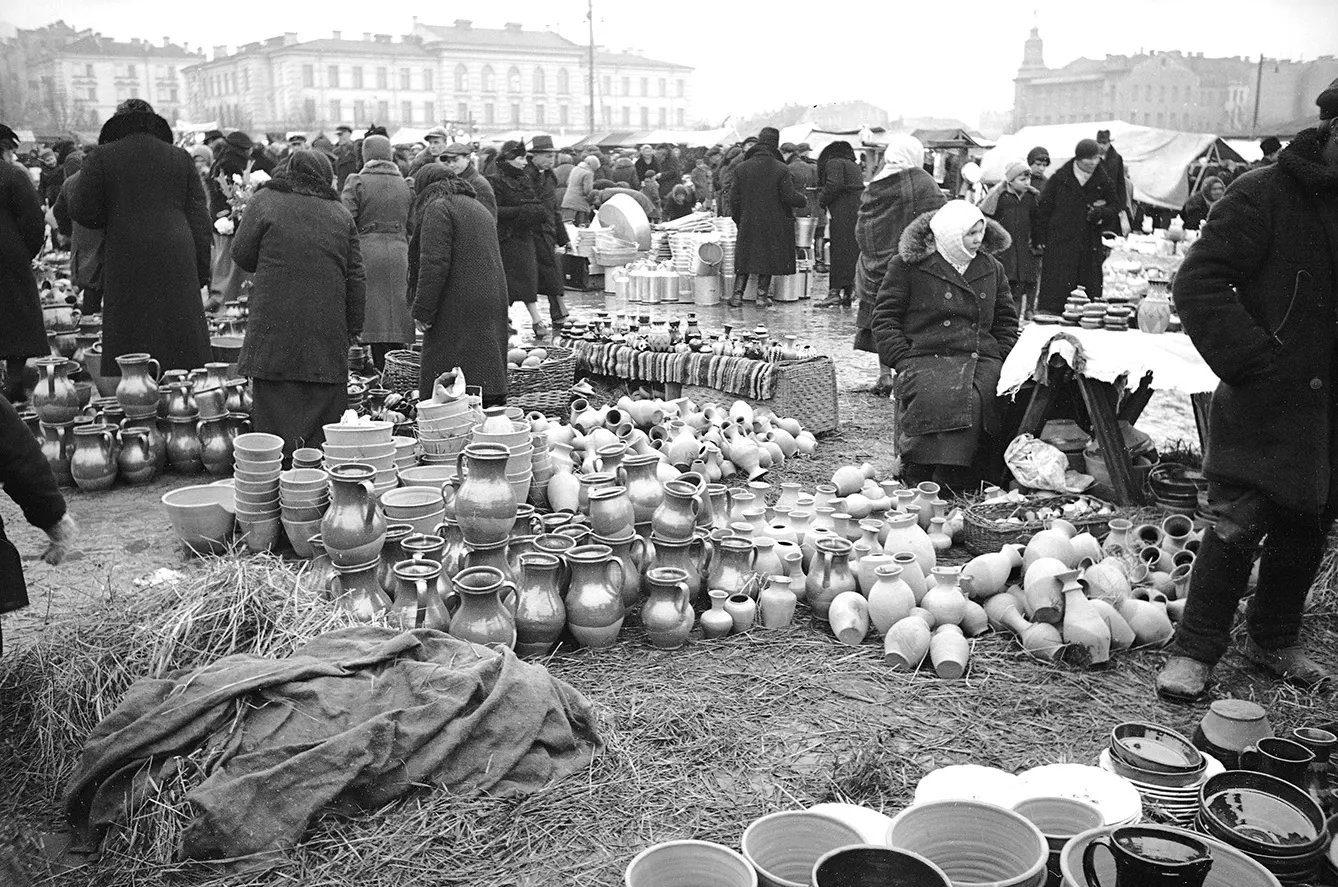

There is also a lot of good street food available, such as obwarzanki (bagels) and… traditional gingerbread hearts. The hearts were what earned Kaziuki the title of the Vilnius Sweethearts day. According to the old tradition, young men who wanted to win the heart of their beloved girl would present her with a sweet gingerbread heart. The heart would bare the girl’s name or declaration of the boy’s commitment, all written in icing and beautifully decorated. Later on, hearts were offered not only to one special person but in general to women. The girl who would gather the most hearts was crowned as the Kaziuki Queen, and for a year, she would become the patron of all balls and events, giving her formal announcement for them to start.
United by history
Events such as the Kaziuko mugė and its Polish reflection remind us of the often complicated history in the region. But the beautiful lesson, which seems to emerge, is that the cultural heritage left within people’s hearts, despite even the most troubled times, can positively unite us for generations to come.


